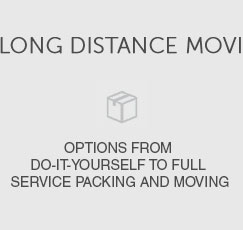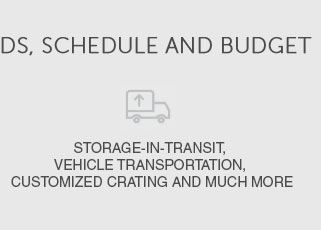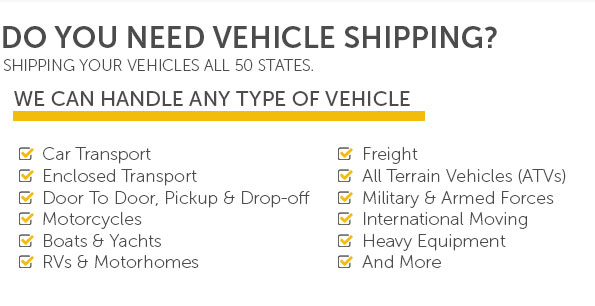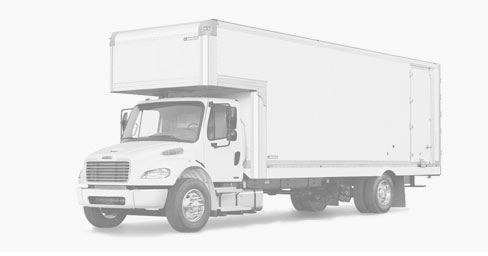 |
 |
 |
||
 |
 |
 |
 |
||
 |
 |
 |
 |
 |
 |
 |
 |
 |
 |
How to Estimate Moving Truck SizeWhen it comes to moving, one of the most daunting tasks is determining the right size of the moving truck. Choosing a truck that is too small could mean multiple trips, while a truck that's too large might just be a waste of money. Let's explore some tips and insights to help you estimate the perfect size for your moving truck. Understanding the Basics: The first step is understanding the different sizes of moving trucks available. Typically, moving trucks range from small cargo vans to large 26-foot trucks. Each size has its own capacity, generally measured in cubic feet, and is suited for different types of moves. Assessing Your Inventory: Begin by taking stock of your belongings. Make a comprehensive list of items, paying particular attention to bulky furniture and appliances. While this might seem tedious, it's an essential step. An approximate guide is that a studio or small apartment can usually fit into a 10-12 foot truck, a two-bedroom apartment may require a 15-17 foot truck, and a house with three to four bedrooms might need a 20-26 foot truck. Consider the Packing Method: The way you pack can also significantly impact the size of the truck you need. Efficient packing, using every inch of space wisely, could mean opting for a smaller truck. On the other hand, if you're less experienced or have oddly shaped items, you might need more space than your inventory suggests. Real-World Examples: Take Sarah, who recently moved from a one-bedroom apartment. She initially considered a 10-foot truck but realized her antique furniture needed more space and opted for a 15-foot truck instead, which was perfect. Conversely, John and Mary moved from a three-bedroom house and initially rented a 20-foot truck. However, due to their extensive garden equipment and a grand piano, a 26-foot truck was more appropriate. Seek Professional Advice: If you're still unsure, don't hesitate to seek advice from moving professionals. Many moving companies offer online calculators where you can input your inventory to get an estimate of the truck size you might need. These tools, combined with professional insights, can be invaluable. Final Thoughts: Estimating the right moving truck size isn't an exact science, but with careful planning and assessment, you can avoid common pitfalls. Remember, it's better to err on the side of caution and have a little extra space than to find yourself in a tight squeeze. FAQsWhat if I choose the wrong truck size? If you choose a truck that's too small, you might have to make multiple trips or leave some items behind. A truck that's too large may cost more but provides peace of mind and space for unexpected items. How do I calculate cubic feet for my belongings? To calculate cubic feet, measure the length, width, and height of each item in feet, then multiply these dimensions. Sum up the cubic feet of all items to estimate the total space needed. Should I consider the weight of my belongings? While weight is generally less of a concern for size estimation, some rental companies have weight limits for their trucks. Check these limits, especially if moving heavy items like books or machinery. Can I rely solely on online calculators? Online calculators are a great starting point, but they may not account for all variables, such as packing efficiency or unusually shaped items. Use them in conjunction with your inventory assessment. Is it better to overestimate or underestimate truck size? Overestimating is generally safer, ensuring you have enough space. Underestimating might lead to stress and logistical challenges during your move. https://www.uhaul.com/Tips/Loading/How-To-Choose-The-Right-Size-Moving-Truck-Rental-15591/
The overall size of your home is the primary factor in determining your ideal moving truck size. For a studio or one-bedroom, a smaller truck or cargo van might ... https://www.pensketruckrental.com/trucks-and-vans/truck-wizard/
"What size truck do I need?" When moving, it's a common question. Our Truck Wizard can help you determine the answer to that question by giving you a customized ... https://www.extraspace.com/self-storage/vehicle-storage/moving-truck-size-calculator/
We calculate moving truck size according to the number of rooms in your house, square footage, and how many belongings you have.
|